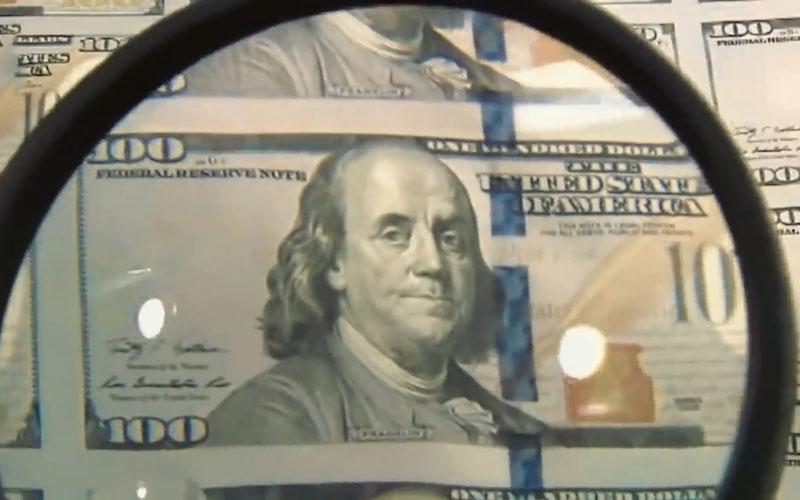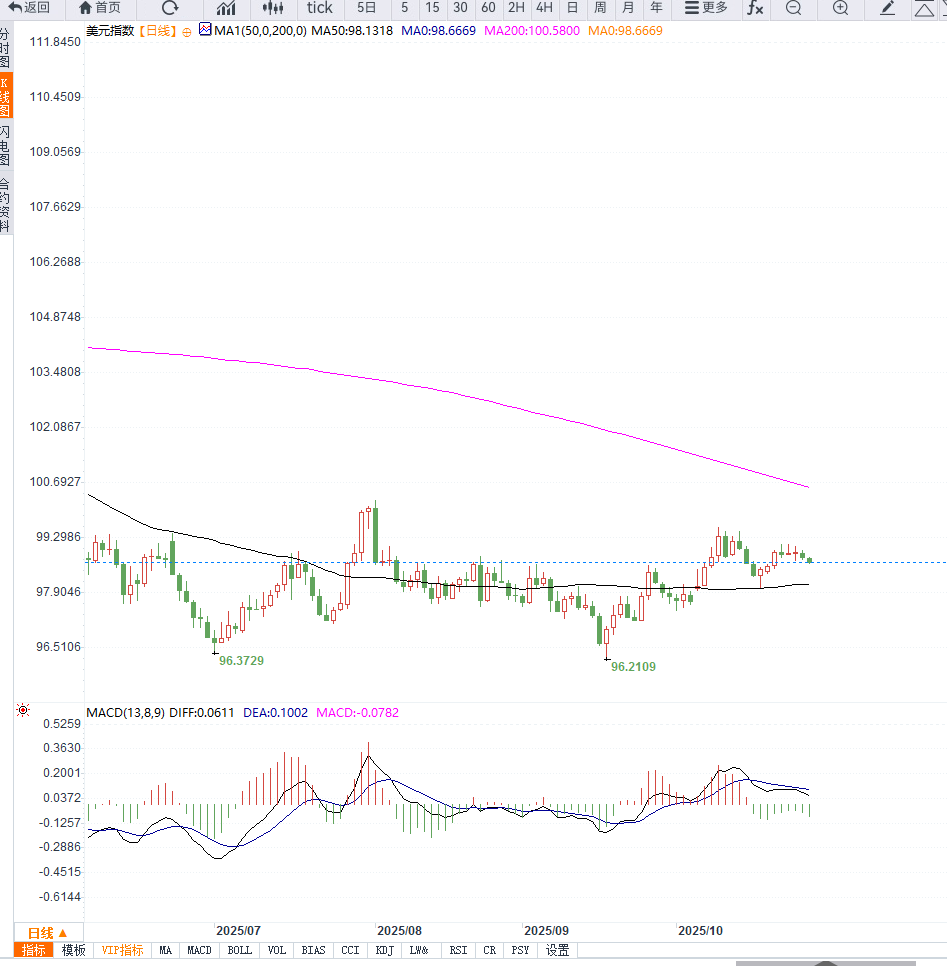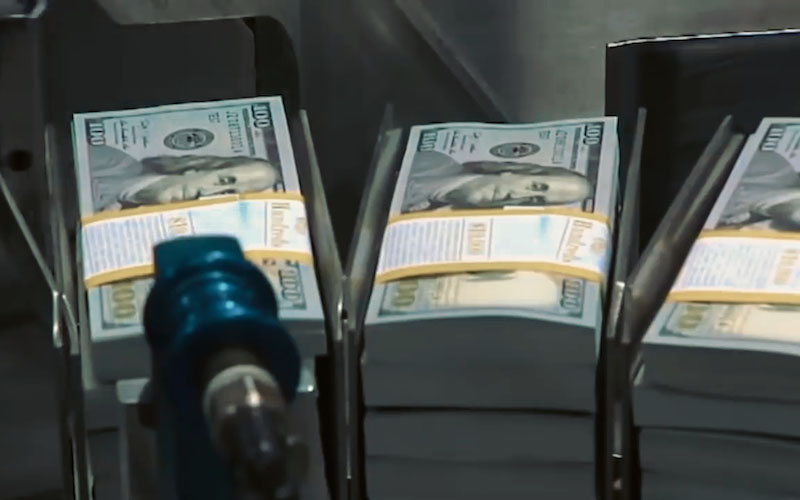Rising expectations of a Fed rate cut put pressure on the US dollar index as the market focuses on signals from Powell's speech
2025-10-28 10:25:58
Market sentiment is mainly affected by the Federal Reserve's upcoming monetary policy meeting, and investors generally bet that the Fed will cut interest rates again to cope with the risk of economic slowdown.
According to data from the CME FedWatch tool, market pricing shows that there is a 97% probability of a 25 basis point interest rate cut at the Federal Reserve's October meeting this week, which would lower the federal funds rate range to 3.75%-4.00%.

The market generally expects that if the interest rate cut is implemented, the US dollar may continue to be under pressure in the short term. There are differences within the Federal Reserve on the necessity of the interest rate cut.
Some officials favor a quick rate cut to support a weak labor market, while others favor keeping rates stable to prevent stubbornly high inflation.
In addition, the risk of a US government shutdown has further increased uncertainty in policy making. Analysts pointed out that investors are more concerned about the wording of Federal Reserve Chairman Powell in the press conference after the meeting. Any signal suggesting further easing in the future may intensify the selling pressure on the US dollar.
Regarding external factors, U.S. Treasury Secretary Scott Bessent stated that the United States and Asian countries had reached a preliminary consensus on issues such as export controls, agricultural trade, and transportation tariffs. This progress has eased market risk sentiment to some extent and provided temporary support for the US dollar.
"If the Fed cuts rates and sends a dovish signal, the dollar could fall towards 98 in the short term," said Michael Hopkins, a currency strategist. "However, if there is positive progress in trade talks, the dollar's decline may be limited."
From a technical perspective, the US dollar index (DXY) encountered resistance near 99.20 and fell back, currently fluctuating between 98.50 and 99.00. The short-term support level is at 98.40. If it falls below this level, it may further decline to 98.00.
The upper resistance level is around 99.10. Breaking through this point will open up upside space, with the target pointing to 99.50. In terms of technical indicators, the MACD histogram continues to narrow and the RSI is slightly below the central axis 50, indicating that the bullish momentum of the US dollar is weakening and the short-term trend is bearish.

Editor's opinion:
The US dollar index is currently in a "policy game" phase. The market's pre-emptive pricing of interest rate cuts has already put pressure on the dollar, but if Powell hints at policy flexibility this year at the press conference, the dollar could quickly recover some of its losses. On the other hand, if trade negotiations achieve a breakthrough, market risk aversion will ease, potentially providing temporary support for the dollar.
Overall, the US dollar tends to fluctuate and weaken in the short term, and investors should pay attention to subtle changes in the wording of the Fed’s statement and its assessment of the inflation outlook.
- Risk Warning and Disclaimer
- The market involves risk, and trading may not be suitable for all investors. This article is for reference only and does not constitute personal investment advice, nor does it take into account certain users’ specific investment objectives, financial situation, or other needs. Any investment decisions made based on this information are at your own risk.





















